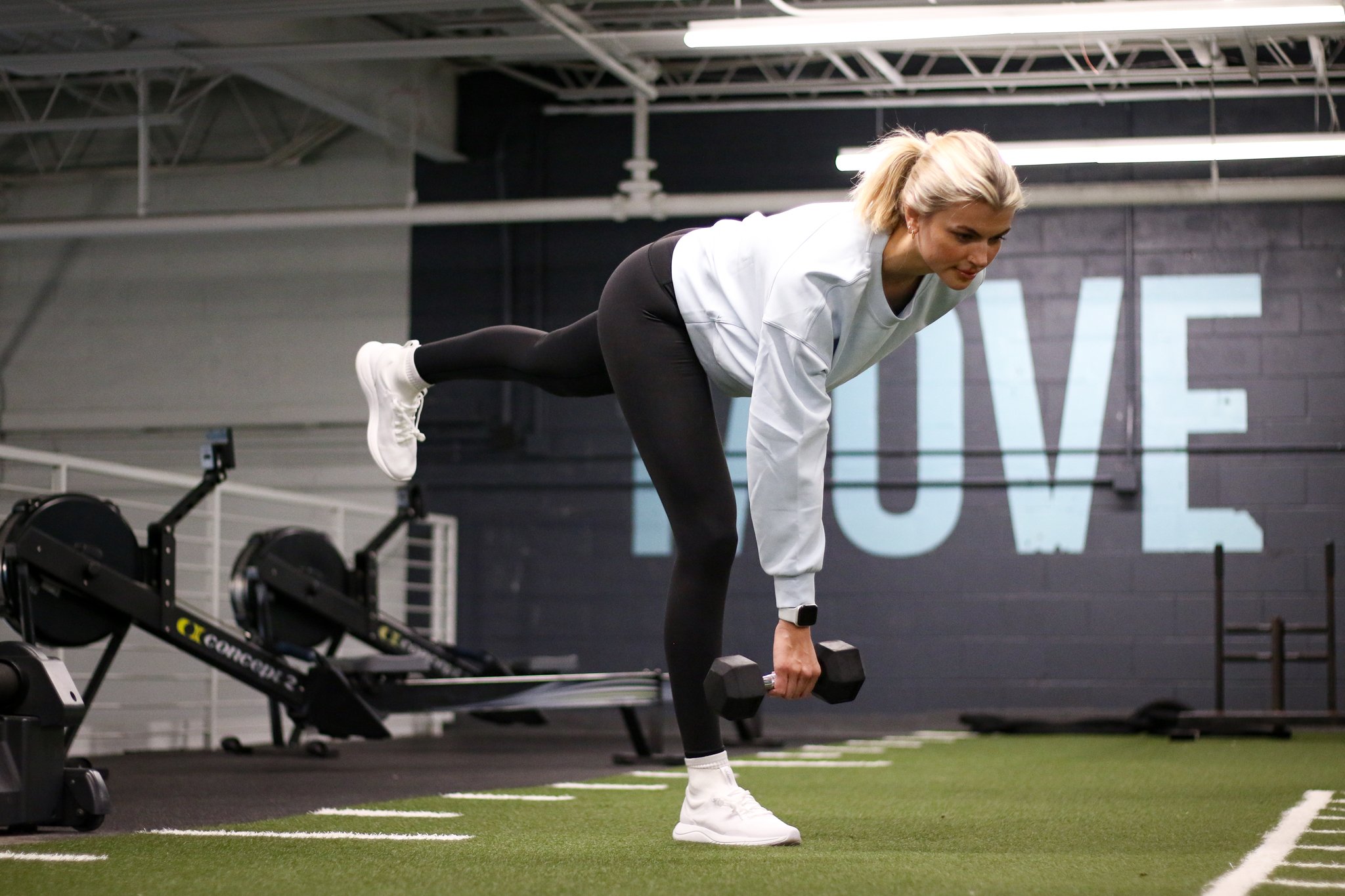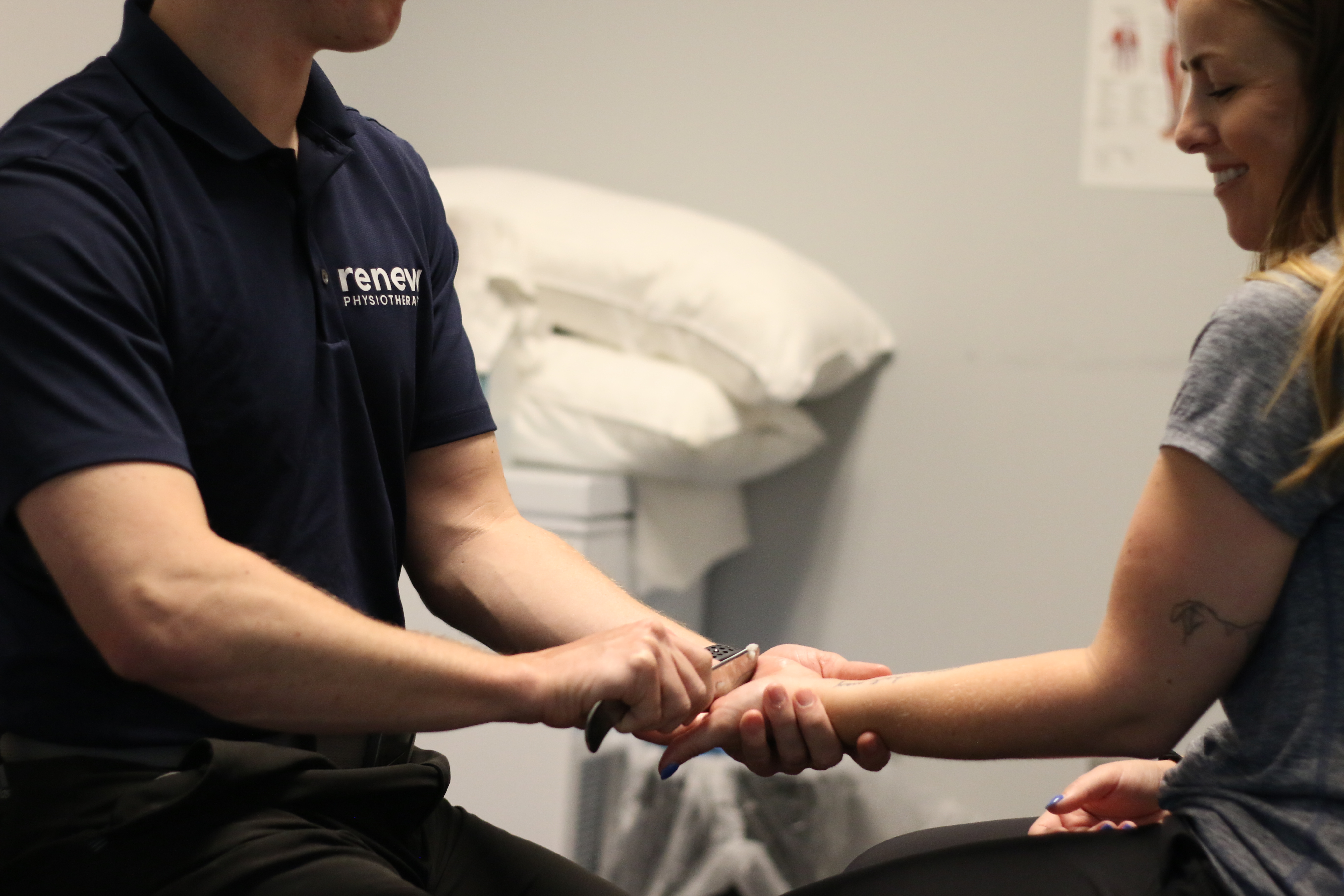The hamstrings, a group of muscles at the back of the thigh, are crucial for everyday movements like walking, sitting, and bending the knee. Strains and injuries to these muscles can impact daily life, making it essential to adopt preventive measures. Let's explore why hamstring injury prevention matters in the context of everyday activities and what you can do to reduce the risk.
Importance of Hamstring Injury Prevention in Everyday Life:
- Improved Mobility: Maintaining healthy hamstrings ensures better flexibility and ease of movement during daily activities like bending down, reaching for objects, or getting in and out of chairs.
- Reduced Discomfort: Inflexible or strained hamstrings can lead to discomfort during routine tasks. Prevention helps in minimizing such discomfort, allowing for a more comfortable daily experience.
- Enhanced Stability: Healthy hamstrings contribute to overall lower body stability, reducing the risk of falls and enhancing confidence in activities that require balance.
- Optimal Joint Health: Preventing hamstring injuries is an investment in the long-term health of your knee and hip joints, providing crucial support for daily movements and activities.
Common Reasons for Hamstring Injuries in Everyday Life:
- Muscle Imbalances: Imbalances between the quadriceps and hamstrings, common in sedentary lifestyles, can elevate the risk of injury during everyday movements.
- Poor Flexibility: Inflexible hamstrings are more susceptible to strain during sudden movements or when engaging in activities that require flexibility.
- Overuse from Daily Tasks: Repetitive actions in daily life, such as lifting heavy objects or prolonged sitting, can strain the hamstrings over time if not balanced with proper care.
- Insufficient Warm-up: Skipping a proper warm-up before engaging in physical activities, even routine ones, can leave the hamstrings vulnerable to injury.
Preventing Hamstring Injuries in Everyday Life:
Preventing hamstring injuries in everyday life involves adopting a holistic approach to care. Incorporating regular stretching into your routine, such as simple hamstring stretches in the morning or throughout the day, can significantly improve flexibility and reduce the risk of strain. Additionally, integrating strengthening exercises can contribute to building muscle strength, providing better support for the various movements encountered in daily life.
Being mindful of your body mechanics during routine activities is crucial; avoid sudden, uncontrolled movements that may strain the hamstrings. For those with routines involving prolonged sitting or repetitive tasks, taking regular breaks to stand, stretch, and move is essential to prevent muscle stiffness and maintain overall hamstring health. This comprehensive strategy aims to enhance your everyday well-being and promote a more comfortable and mobile lifestyle.
Renew Physiotherapist, Dr. Krista Caldwell, shares her favorite exercises to focus on strengthening your hamstrings to prevent injury. Here are five of the best exercises to do to prevent hamstring injuries:
- Hamstring Slider Stretch
- Eccentric Single Leg Bridge
- Hamstring Rotating Stretch
- Nordic Hamstring Curl
- Single Leg RDL
For personalized advice tailored to your lifestyle and needs, book an appointment with a Renew Physiotherapist. They can offer insights into your specific biomechanics and suggest preventive measures suitable for your everyday life. By taking proactive steps to prevent hamstring injuries in your daily activities, you invest in your overall well-being, ensuring a more comfortable and mobile life in the long run.










